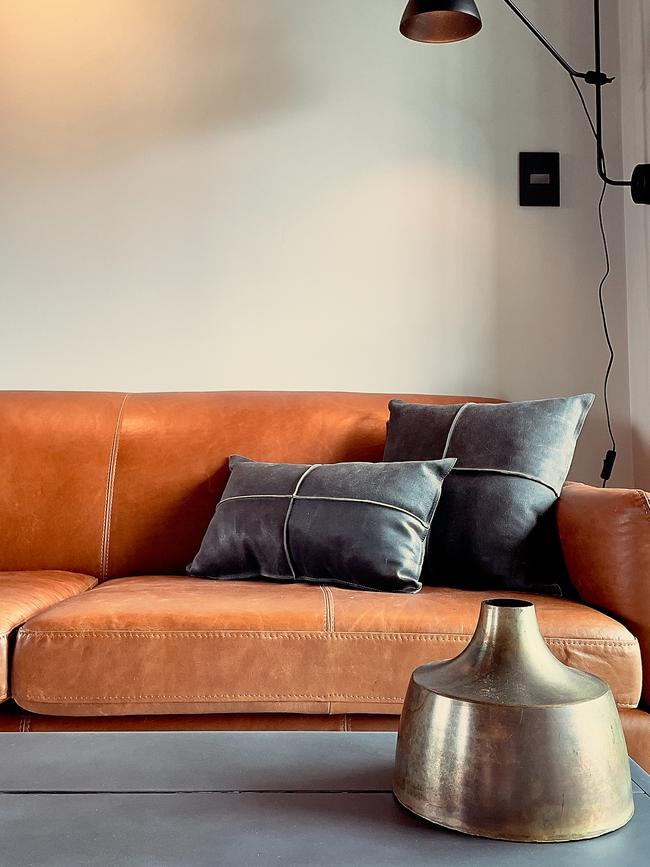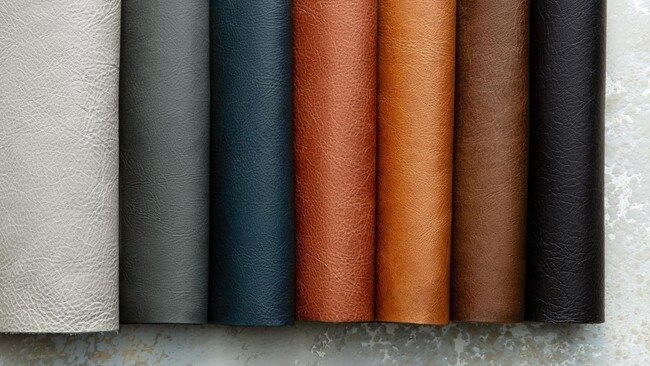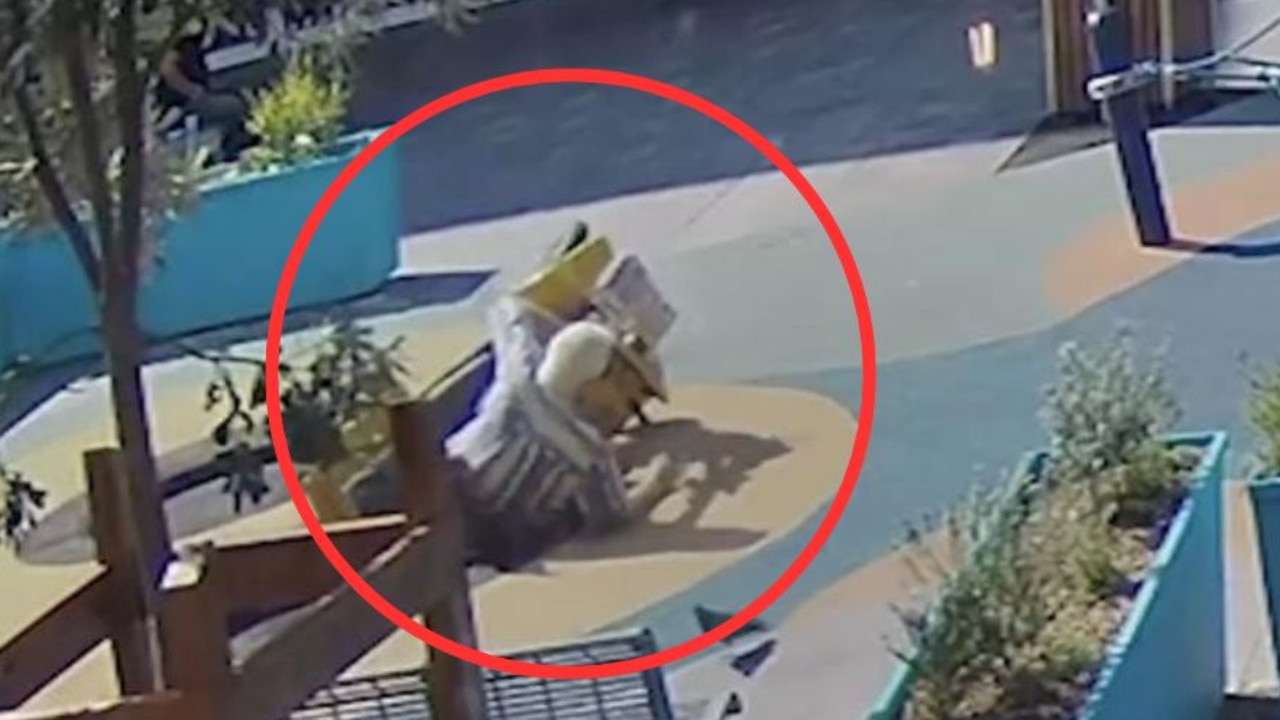How to upgrade your sofa and stay sustainable
Upgrading your sofa sustainably starts with the material, choosing wisely and thinking longer term.

Home
Don't miss out on the headlines from Home. Followed categories will be added to My News.
More than any other piece of furniture, sofas are the workhorses of the home. The place where we do everything from receiving guests and watching TV to convalescing or working on a laptop, they can take quite the beating. Add to that the significant investment that this key piece of furniture represents and replacing a sofa can become a complicated task. And if you’re trying to do the right thing by the environment, there’s a lot to consider, says Sasha Titchkosky co-founder of furniture and homewares retailer Koskela.


We need a new sofa. Where to start?
Before you hit the shops, Sasha says you should take another look at your sofa. “Think about whether you can reupholster the sofa you have first,” she says. “The most sustainable option is not to buy something new that has been made using virgin materials – a rough guide is that each sofa is about half a tonne in carbon.”
If that’s not an option, or you want something that better fits your space, she says the next best option is to buy a high quality second-hand sofa. This can be a great solution for those with ‘champagne tastes on a beer budget’ who may be able to pick up a designer lounge at a fraction of the original price. If you’re still keen to buy new, keep it close to home.
“The third best option is to buy something that is locally made so that there are no emissions involved in transporting the furniture,” Sasha says.
It’s also important to consider how you live and whether you have kids or pets. “If you have small children or pets that sit on your sofa, a washable fabric for the loose cushions on your sofa would be a good option,” she says. “If this isn’t as big an issue, our experience has shown that wool-based fabrics are the longest lasting.”

Is leather a better option than fabric?
A lot of families like leather lounges because they are hard wearing and able to be wiped down quickly after spills. Before buying a leather lounge, though, Choice suggests asking questions about how it was sourced and what grade of leather it is. Australia doesn’t have a national standard for leather labelling so it’s up to the consumer to do their homework.
Genuine leather is either full grain, top grain or split, while bonded leather is a mix of plastic and leather.
From a sustainability point of view, Sasha says leather comes at a cost. If you love the look, she suggests exploring other options now hitting the market.
“We have a leather that is tanned using olive leaves which is a by-product of the olive industry.”

What do I do with my old sofa?
Getting rid of your old sofa can be a drag but resist the urge to call council to truck it off to landfill on your behalf.
In this instance, social media is your friend. Give your sofa away on sites such as Gumtree or Facebook Marketplace. If it is in good condition, local play groups, refugee or domestic violence charities may welcome it. If your sofa is from a known manufacturer, give them a call to see if they will ‘rehouse’ it. Koskela is among a number of businesses who are taking a ‘life cycle’ approach to products, reconditioning their old furniture and selling it on.
Originally published as How to upgrade your sofa and stay sustainable




